Behind the Scenes Secrets That Prove Some “Reality” TV is Anything But Real
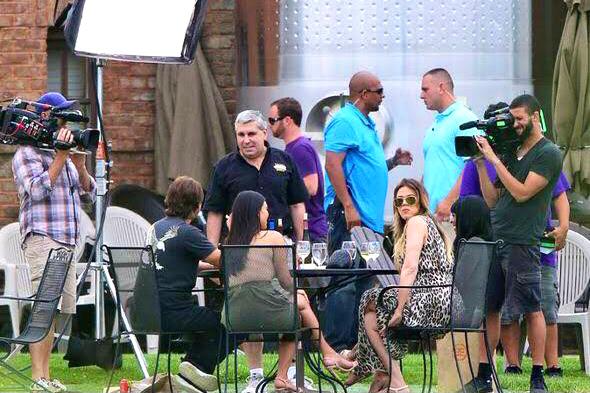
Reality TV promises unscripted drama, shocking twists, and raw emotions, but not everything you see is as real as it seems. Over the years, many hit shows have been exposed for staging scenes, guiding storylines, or even planting props to keep viewers entertained. From scripted confrontations to rehearsed “spontaneous” moments, these programs show just how blurred the line between reality and entertainment can be.
1. Pawn Stars

“Pawn Stars” may look like random people walking in with treasures, but the show is carefully staged. Every item that makes it on camera has already been approved by producers, and the “customers” are often pre-screened collectors or actors. Even the haggling between Rick Harrison and sellers is rehearsed in advance to make it more entertaining. The show’s success comes from these curated interactions, where experts are conveniently on hand to evaluate items. While it’s still educational about history and antiques, the reality of chance walk-ins or spontaneous deals is largely missing. What viewers see is more performance than pawnshop.
2. Love It or List It
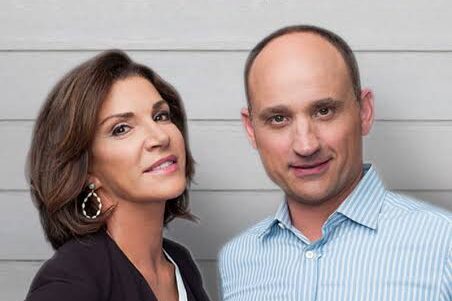
This HGTV favorite thrives on drama between homeowners deciding whether to renovate or sell, but much of it isn’t as real as it looks. Many participants revealed they never intended to move in the first place, making the “list it” option just for show. Even the homes featured as possible purchases are often not actually on the market. While the renovation portions do take place, homeowners have said that not all the promised upgrades are completed, or they’re done only for the cameras. The show’s formula of tension, unexpected problems, and last-minute decisions is carefully crafted to keep viewers hooked, not necessarily to reflect reality.
3. Duck Dynasty
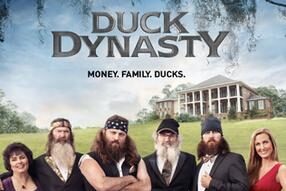
The Robertson family became famous for their beards, duck calls, and down-home values, but much of “Duck Dynasty” was more performance than reality. The family’s rugged image was heavily played up for TV, with producers exaggerating arguments and adding “bleep” sounds to make conversations seem edgier. Even though the Robertsons were successful businesspeople before the show, the series created larger-than-life characters that didn’t always match their real personalities. While there were genuine family moments, much of the drama was scripted or guided by producers to fit a storyline. The show was more about entertainment than giving viewers an authentic look into the family’s daily life.
4. House Hunters

On “House Hunters,” viewers see hopeful buyers touring three homes before choosing “the one,” but the process isn’t nearly that spontaneous. In reality, buyers already have a house under contract before filming begins. The other two homes shown are often just filler properties meant to create the illusion of choice. Past participants have admitted they sometimes looked at friends’ houses or homes not actually for sale. The big decision moment, where couples dramatically weigh their options, is staged since the choice has already been made. While it’s fun to watch, the show is more of a dramatized reenactment of the home-buying process than a true behind-the-scenes look.
5. Jersey Shore
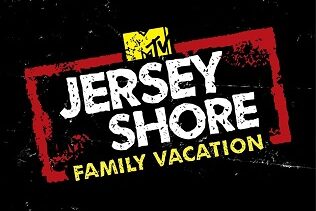
When “Jersey Shore” premiered, it promised an unfiltered look at young adults partying on the New Jersey coast. But much of the wild behavior and fights were exaggerated for TV. Cast members have admitted that producers encouraged over-the-top antics and often reshot scenes to make them more dramatic. Even the nickname “Snooki,” which became iconic, wasn’t something Nicole Polizzi actually used in her daily life before the show. While there were genuine friendships and conflicts, the series leaned heavily on staged chaos to keep audiences entertained. The result was a mix of real personalities and manufactured drama, blurring the line between reality and scripted entertainment.
6. Long Island Medium

Theresa Caputo became a household name for her ability to “speak to the dead,” but many skeptics argue that “Long Island Medium” is more showmanship than supernatural. Critics point out that she likely uses “hot reading” techniques, researching people through social media or gathering information beforehand. On top of that, her readings often rely on vague statements that could apply to almost anyone, allowing viewers to fill in the blanks emotionally. While her fans believe she truly connects with spirits, the polished way the show is filmed, with perfect timing for emotional breakthroughs, suggests heavy production influence. Whether or not you believe in her gift, it’s clear the show was designed to maximize drama and tears for TV.
7. The Hills
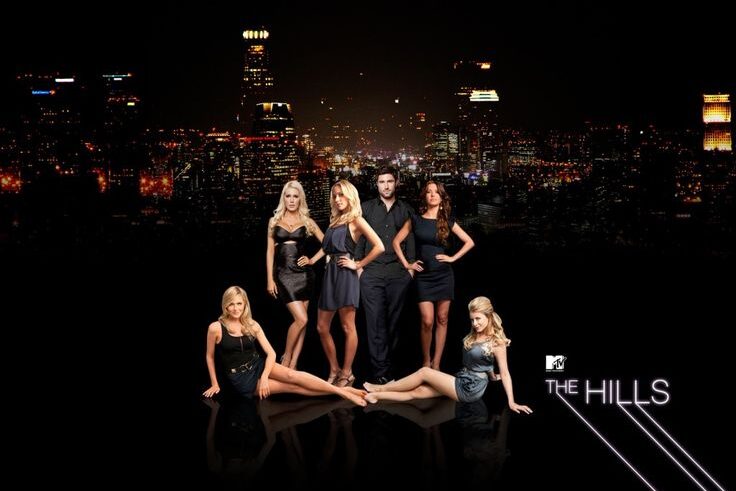
MTV’s “The Hills” was marketed as a raw glimpse into the glamorous lives of young women in Los Angeles, but behind the scenes, much of it was carefully scripted. Cast members later admitted that storylines, including dramatic breakups and confrontations, were staged or reshot multiple times to get the perfect angle. For example, Heidi Montag and Spencer Pratt revealed that many of their fights were exaggerated for ratings. Even emotional moments, like Lauren Conrad’s tearful departures, were manipulated with editing. What seemed like spontaneous drama was often the result of producers guiding cast members to say certain things or react in specific ways, making it more soap opera than reality TV.
8. Storage Wars
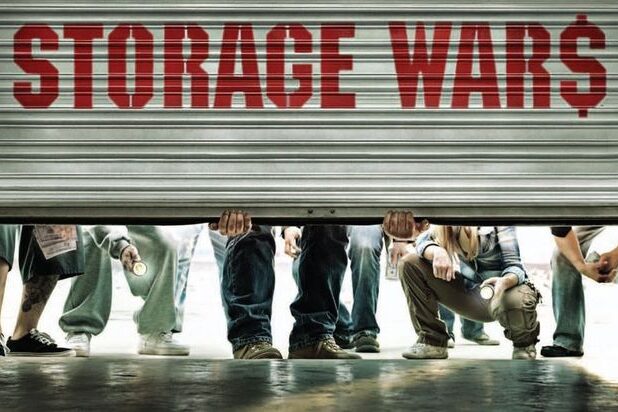
On “Storage Wars,” bidders compete for abandoned storage units, sometimes striking gold with valuable finds. But a lawsuit from former cast member Dave Hester exposed how staged the show really was. He alleged that producers planted valuable items inside the lockers to boost the drama and create big reveals. While there were real auctions involved, the thrill of discovering a hidden treasure wasn’t always genuine. Some cast members also admitted to being tipped off about which lockers to bid on. Although the show still entertained millions, the idea that every surprising find was authentic has been largely debunked, proving that reality TV often needs a little extra sparkle.
9. Bar Rescue
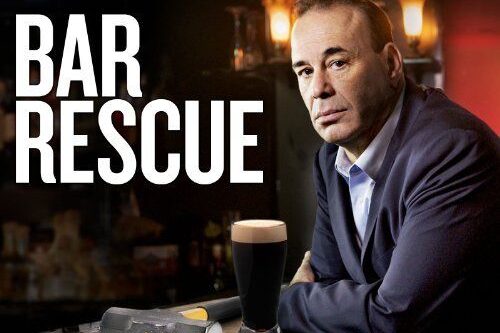
“Bar Rescue” features Jon Taffer swooping in to save struggling bars with tough love and expert advice, but not everything is as it appears. Several bar owners who appeared on the show later revealed that many of the conflicts were exaggerated or even scripted by producers. In some cases, the renovations looked flashy on TV but didn’t hold up in real life, sometimes the upgrades were only cosmetic for filming purposes. The shouting matches, dramatic meltdowns, and sudden turnarounds fit neatly into TV story arcs but didn’t always reflect the real outcomes. While Taffer’s expertise is legitimate, the show itself was carefully packaged for entertainment more than accuracy.
10. South Beach Tow

“South Beach Tow” followed a Miami towing company with explosive confrontations and unbelievable stunts. But it didn’t take long for viewers to suspect it wasn’t all real. Many of the tow scenes were reenacted or completely fabricated with actors, designed to look like outrageous confrontations on the street. Cast members admitted that producers asked them to exaggerate fights or play up their personalities for the cameras. The over-the-top drama, including physical altercations, made for entertaining TV but wasn’t a true reflection of daily towing operations. Instead, the show blurred the line between scripted action and “reality,” leaning heavily on staged chaos.
11. Hardcore Pawn
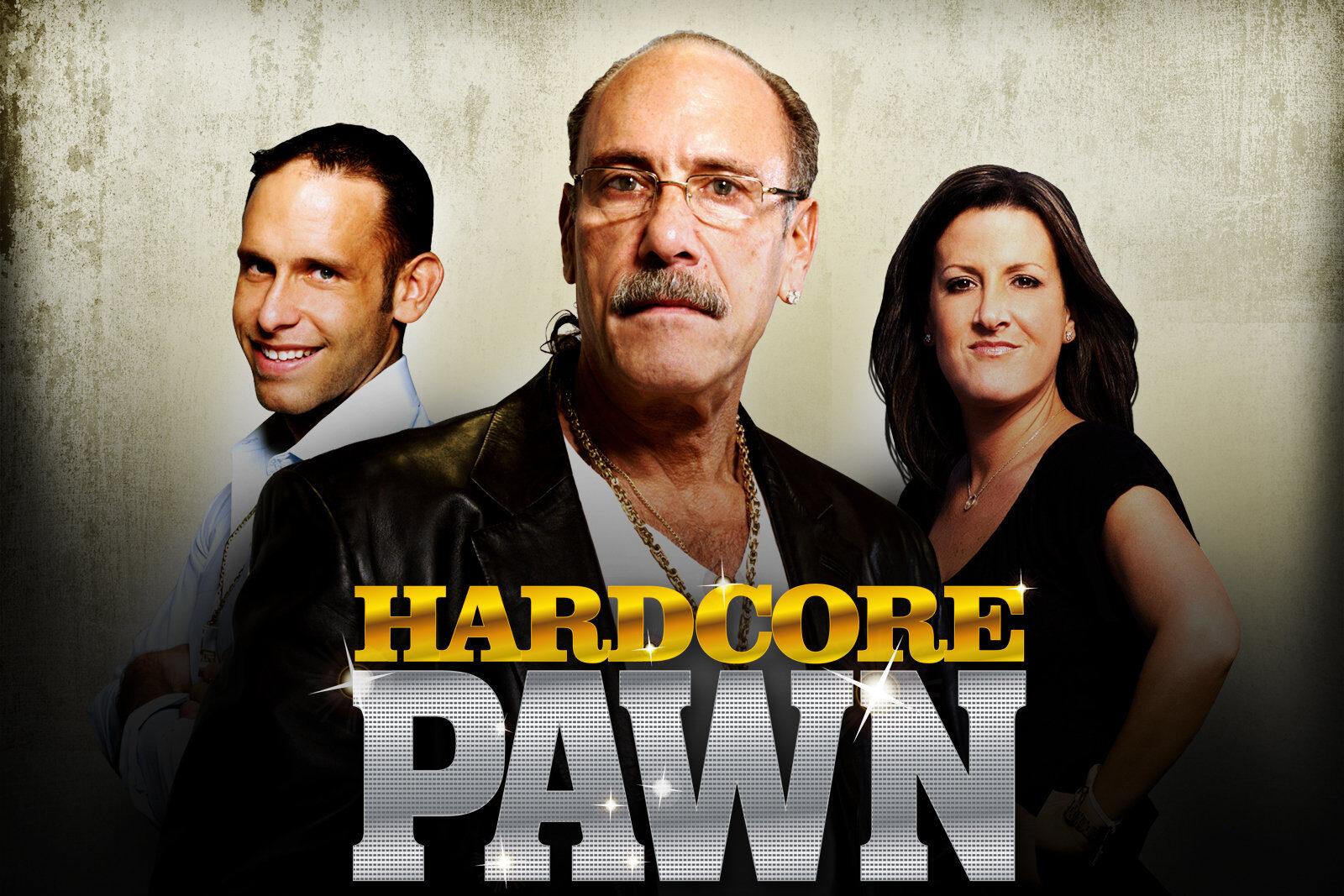
“Hardcore Pawn,” set in a Detroit pawn shop, often showed wild customer outbursts and heated family drama. But many insiders revealed that the chaos wasn’t quite authentic. Staff admitted that customers were sometimes coached on how to behave, with producers encouraging exaggerated arguments or confrontations. Even some of the most explosive incidents were staged to capture shocking moments on camera. While the Gold family did run a real pawn business, the show’s version of it was much louder, more dramatic, and designed for ratings. The result was less about the daily grind of pawning and more about creating must-see reality TV moments.
12. Pimp My Ride
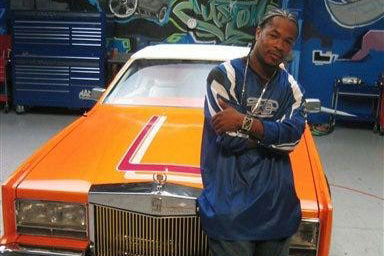
“Pimp My Ride” became a hit by turning beat-up cars into flashy, tricked-out rides, but the reality was far less glamorous. Many participants later said that while their cars looked amazing on camera, the upgrades weren’t always practical, or even functional. Some flashy features broke down soon after filming, and in certain cases, only cosmetic improvements were completed. Behind the scenes, the cars often spent months in the shop, and owners were left with vehicles that looked cool but weren’t reliable. The show gave the illusion of instant transformations, but much of it was carefully staged for wow factor rather than long-term results.
13. Keeping Up With the Kardashians
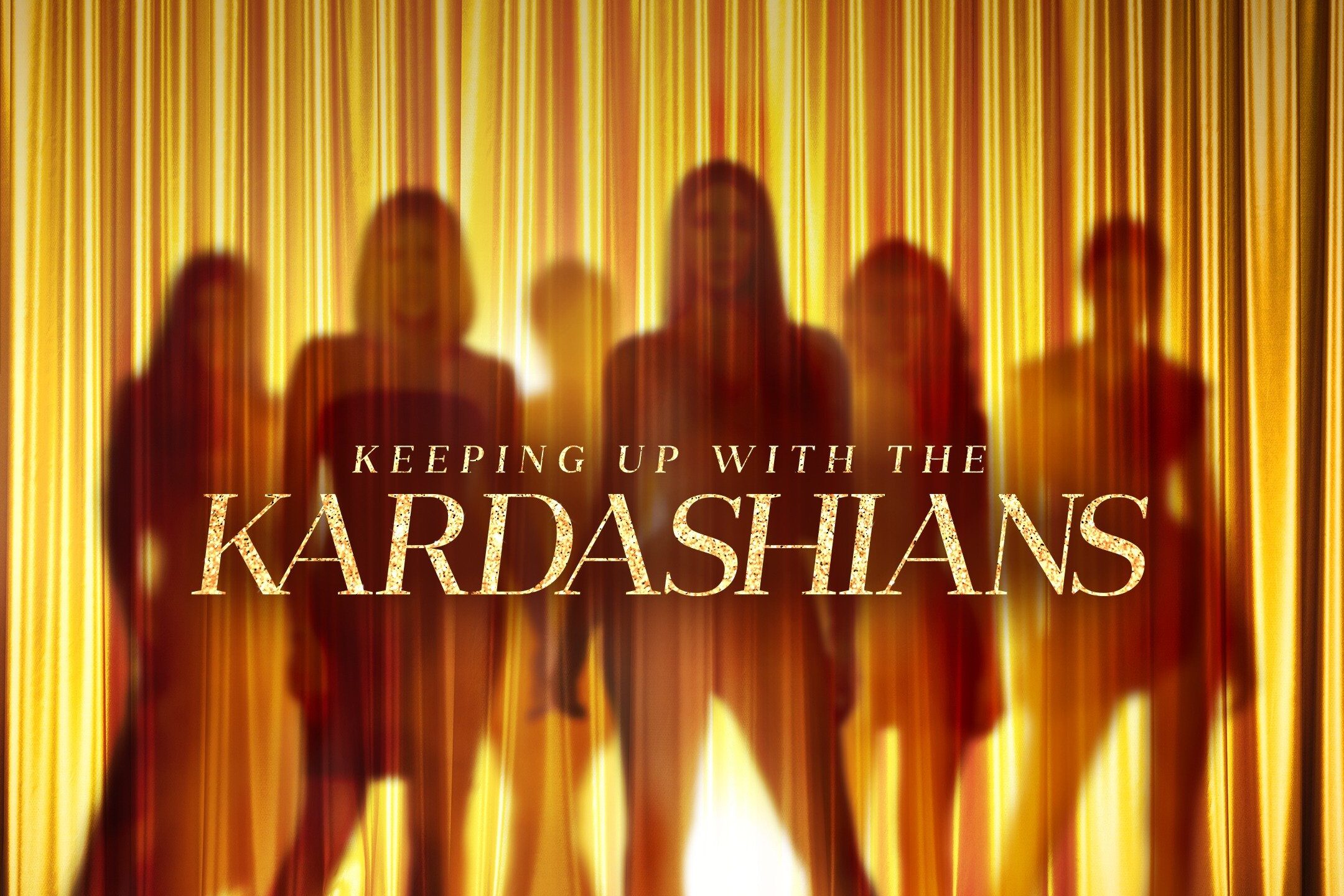
The Kardashians built a media empire on their reality show, but it wasn’t exactly unscripted. Many scenes, including major fights and even big reveals, were reshot or staged after the real events happened. Producers often manipulated situations to spark drama or highlight certain storylines, even encouraging the family to re-create arguments for the cameras. While the relationships and businesses were real, the way they unfolded on screen was heavily guided by production. What viewers got was a polished, dramatic version of events designed to keep audiences engaged season after season. It blurred the line between family life and scripted entertainment, making “reality” more of a brand than a genre.
14. The Bachelor
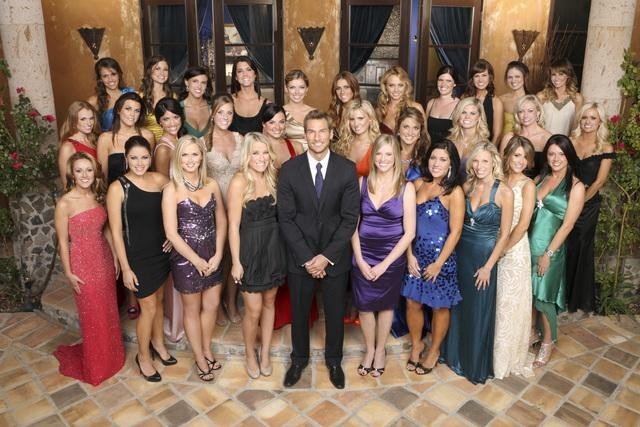
“The Bachelor” has long promised love stories and heartbreak, but it’s far from natural. Contestants are real, yet the way their journeys play out is shaped by editing and producer influence. Scenes are cut and rearranged to change timelines, making events seem more dramatic than they actually were. Contestants have admitted that they’re often prompted to say certain lines or pushed into awkward situations for entertainment value. The “villain” characters are usually the result of selective editing, and romantic moments are sometimes staged for effect. While the show has produced a few genuine relationships, much of the drama viewers see is created in the editing room.
15. Real Housewives
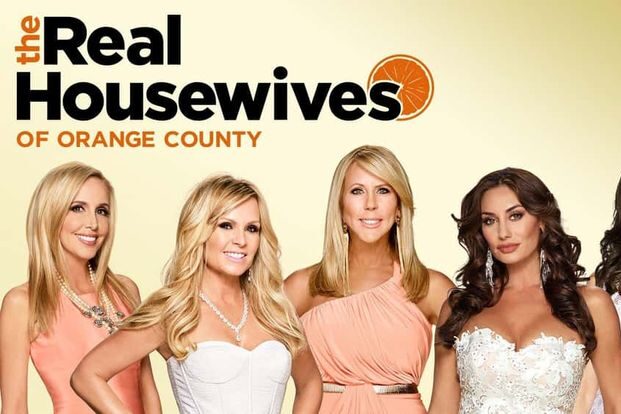
The “Real Housewives” franchise has become a global reality TV juggernaut, but its drama is anything but purely real. Cast members have revealed that producers often push them into confrontations, reshoot scenes, or encourage over-the-top behavior to heighten conflict. Many of the infamous dinner blowups and sudden reconciliations are carefully directed for maximum impact. Even friendships and rivalries can be shaped behind the scenes, with storylines built around who will be the season’s star troublemaker. While the women’s lives, wealth, and friendships are authentic, what viewers see is a dramatized version of reality designed to feel like a soap opera, just one with designer handbags and champagne.
16. Hell’s Kitchen
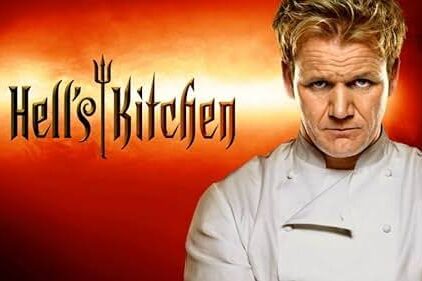
“Hell’s Kitchen” is famous for Gordon Ramsay’s fiery temper and brutal kitchen battles, but not everything is as authentic as it looks. The restaurant diners shown on TV aren’t paying customers, they’re invited guests, and many dishes are actually prepared off-camera by assistants to ensure things run smoothly. Contestants are real chefs, but the drama is often exaggerated with clever editing to highlight mistakes and arguments. Even Ramsay’s sharp one-liners are sometimes reshot to fit the storyline. While the competition itself is real, the setting is more of a TV stage than an actual working restaurant. The result is a dramatic cooking show that blends real talent with carefully crafted chaos.
17. Toddlers and Tiaras
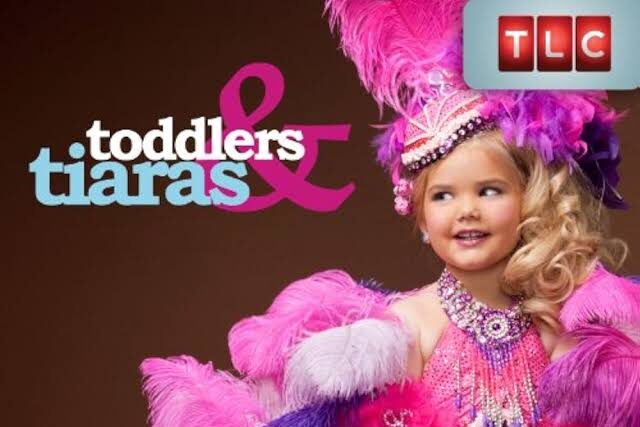
This controversial TLC show spotlighted child beauty pageants, but much of its drama came from behind-the-scenes manipulation. Producers often encouraged parents and children to act out for the cameras, pushing certain personalities into “characters” like the diva, the shy one, or the overzealous parent. Outfits and performances were exaggerated to stir outrage and buzz. While the pageants themselves were real, the way they were portrayed was carefully packaged to spark debate and keep viewers watching. What audiences saw wasn’t just kids competing, it was a dramatized version of an already intense world, shaped to highlight the most extreme moments possible.
18. The Apprentice
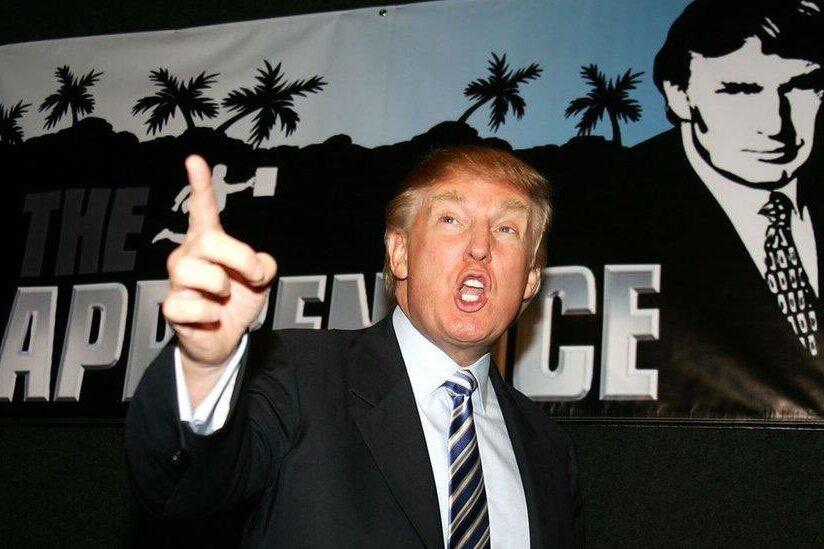
“The Apprentice” portrayed Donald Trump as making tough business decisions in a high-stakes environment, but the reality was often edited to fit the narrative. Former contestants revealed that boardroom scenes could last hours, with producers cutting and rearranging footage to make Trump’s choices seem more decisive. Sometimes his final decisions didn’t align with the tasks’ actual outcomes but were shaped for dramatic effect. The show also created larger-than-life portrayals of contestants, painting some as heroes and others as villains through selective editing. While it had elements of real competition, much of what viewers saw was storytelling crafted to make Trump the central figure of power and authority.
19. Catfish
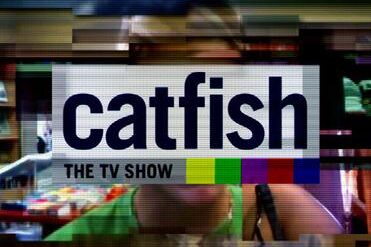
“Catfish” follows people trying to uncover the truth about online relationships, but not all the investigations are as surprising as they appear. In many cases, participants already knew they were being filmed before the “big reveal.” Some storylines were coordinated with producers in advance to make sure the drama would play well on TV. While the show does feature real people and real relationships, the confrontations aren’t always spontaneous. Editing often heightens the tension, making situations seem more shocking than they were in reality. Despite the embellishments, “Catfish” still resonates with audiences by exploring modern dating struggles in an internet-driven world.
20. Wife Swap

“Wife Swap” thrived on the shock of families trading lifestyles, but producers often pushed participants to exaggerate their differences. Families admitted they were coached to argue more or behave in extreme ways that didn’t fully reflect their real lives. The famous “rule change” moments, where the swapped wife takes control, were often designed to create conflict rather than show genuine adaptation. While the premise of living with a different family was real, the way it played out on screen was carefully managed for maximum drama. The show turned cultural clashes into entertainment by amplifying disagreements that might have been minor in real life.
21. Operation Repo
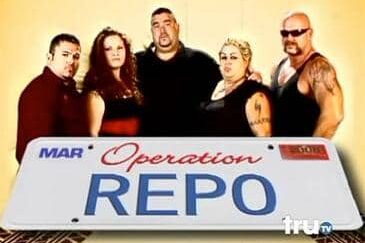
“Operation Repo” was marketed as a high-stakes look into the dangerous world of car repossession, but it was almost entirely staged. The cast weren’t real repo agents but actors hired to perform scripted confrontations. The dramatic fights, emotional meltdowns, and chaotic recoveries were all designed to look real but were carefully planned out beforehand. While some viewers initially believed the show offered a raw look at repossession, it eventually became clear that it was pure entertainment dressed up as reality. It played more like an action-packed drama series than an actual documentary-style program.
22. Flip or Flop

HGTV’s “Flip or Flop” followed Tarek and Christina as they renovated homes, but behind the polished reveals, not everything was as authentic as it seemed. Reports surfaced that some of the outcomes viewers saw didn’t always match the real financial results, and certain scenes were reshot for the cameras. The suspenseful “will it sell?” moments were sometimes added in post-production, even when the sale had already closed. While the couple really did flip houses, the TV version streamlined and dramatized the process, leaving out many of the less glamorous realities of real estate investment.
23. Fear Factor
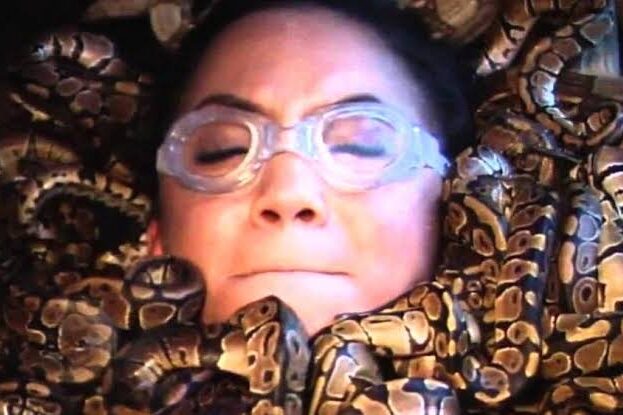
“Fear Factor” became infamous for its shocking stunts and gross-out challenges, but the show wasn’t always as unpredictable as it looked. Some contestants revealed that they rehearsed certain stunts off-camera to make sure they were safe, and in some cases, participants were swapped out if someone backed down. The editing also heightened tension, making moments look closer or more dangerous than they really were. While the stunts were real and often intense, the way they were presented was carefully crafted to maximize drama, ensuring every episode felt like a nail-biting competition.
24. Lizard Lick Towing
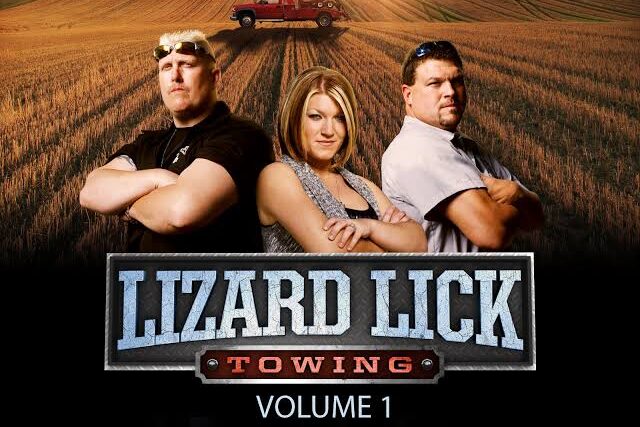
At first glance, “Lizard Lick Towing” seemed like a gritty look into a North Carolina repo business, but it was later confirmed that the entire series was scripted. The cast were paid actors reenacting outrageous scenarios that never happened in real life. The wild confrontations, brawls, and car chases were all manufactured for TV. While it had the look and feel of a reality show, it was closer to a staged drama designed to entertain. Fans who loved the over-the-top action got exactly that, but not an authentic look into the towing industry.
25. The Vanessa Show
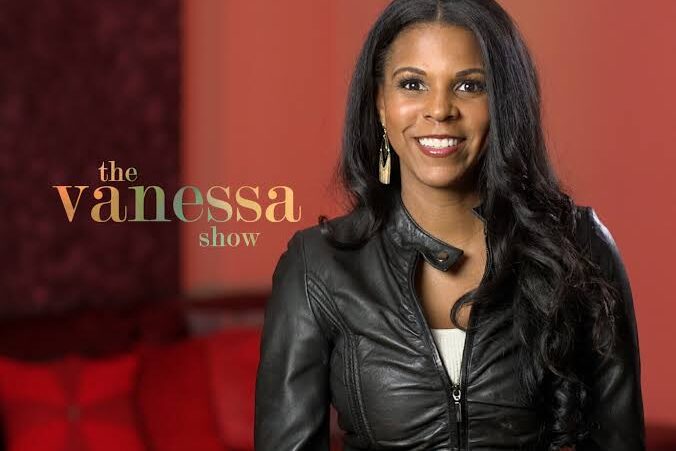
VH1’s short-lived “The Vanessa Show” was supposed to mix celebrity interviews with real-life confessions, but it quickly unraveled when cast members exposed it as scripted. The supposed “real” guests were actually actors given stories to perform, creating the illusion of shocking reality moments. Once the truth came out, the show lost credibility and was pulled off the air after just a few episodes. It remains a cautionary tale of what happens when a “reality” show pushes too far into fabrication. Viewers expect at least some truth, and when that disappears, so does the show’s appeal.
Reality Shows Widely Considered Legit
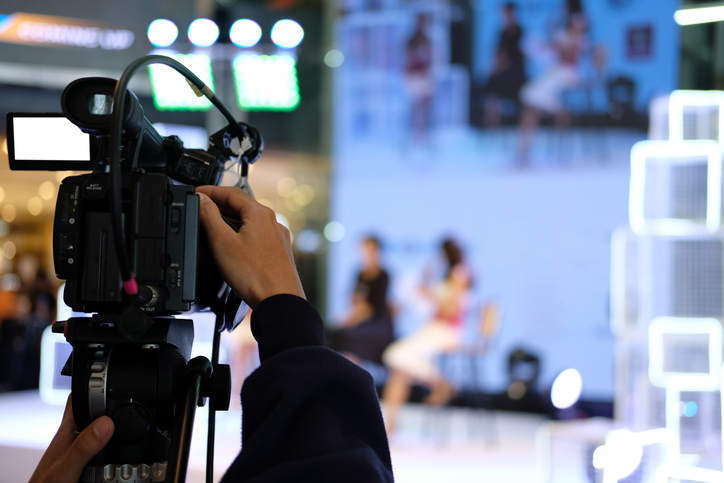
While plenty of reality shows rely on heavy editing or scripted drama, some truly deliver on their promise of authenticity. These programs put real people in real situations, capturing raw emotions, high-stakes challenges, and genuine outcomes without the smoke and mirrors. Whether it’s survival in the wilderness, dangerous jobs at sea, or business deals in the boardroom, these shows prove that reality TV can still keep it real.
1. Survivor
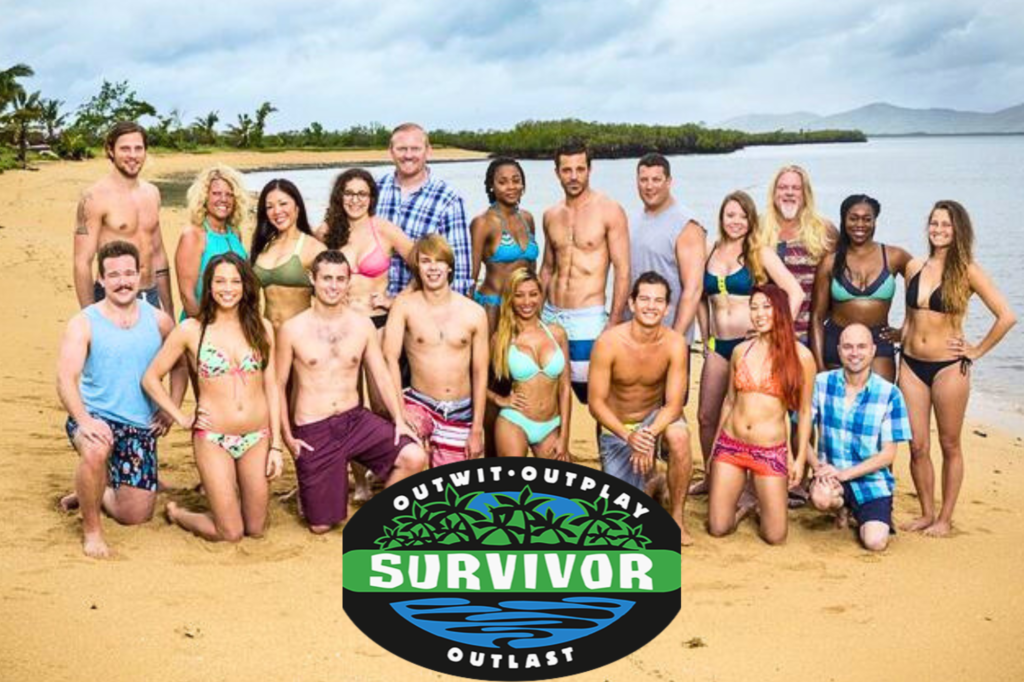
“Survivor” has been running for decades, and while editing shapes the narrative, the core of the game is genuine. Contestants really do live in challenging environments with limited resources, forming alliances, facing tough competitions, and ultimately voting each other out. The hunger, weather, and grueling physical demands are real, which is why contestants often lose significant weight over the course of the season. The drama may be highlighted in editing, but the social strategy and survival struggles can’t be faked. What viewers see is a true test of endurance, wit, and adaptability, making it one of the most authentic long-running reality competitions.
2. The Amazing Race

“The Amazing Race” is widely praised for keeping things authentic. Teams really do travel the globe under tight deadlines, facing real cultural and physical challenges in each destination. While producers handle logistics to ensure safety, the outcomes of tasks and the stress of racing from one location to another are genuine. Contestants have to solve puzzles, navigate unfamiliar places, and deal with language barriers on their own. There’s little room for staging when cameras are racing alongside them in airports, crowded markets, or remote villages. The exhaustion and emotional outbursts are a natural part of the competition, which is why it remains one of the most respected reality shows for authenticity.
3. Deadliest Catch

“Deadliest Catch” captures the high-risk world of Alaskan crab fishing, and the danger is absolutely real. The fishermen are genuine crew members battling icy seas, brutal storms, and life-threatening work conditions. No amount of production can fake the sheer force of waves crashing onto the deck or the physical toll of hauling in massive crab pots for hours on end. Over the years, the show has documented real injuries, accidents, and even tragic losses, underscoring just how hazardous the job is. While editing helps shape the narrative, the peril viewers see is the same reality fishermen face every season. That raw authenticity is what gives the show its lasting impact.
4. Dirty Jobs
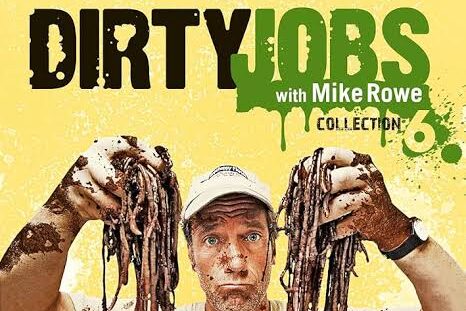
On “Dirty Jobs,” host Mike Rowe literally got his hands dirty by stepping into the toughest, grimiest occupations across America. From sewer repair to animal farming, Rowe genuinely performed each task alongside real workers, often without shortcuts. The humor came from his candid reactions, but the work itself was authentic and demanding. Unlike many shows where hosts stand back and observe, Rowe fully immersed himself, showcasing the skill and grit of everyday laborers. Nothing about the mess, exhaustion, or awkward moments was scripted, which is why the show resonated with viewers. It gave an honest look at jobs most people never see but society depends on.
5. Cops

One of the earliest reality shows, “Cops” followed officers responding to real calls, and the situations were not staged. The encounters, whether traffic stops, arrests, or tense confrontations, were filmed as they happened, with all the unpredictability of real police work. While the show has faced criticism for ethical reasons, particularly in how it portrayed communities, its raw footage reflected genuine law enforcement activities. There were no actors, and the risks officers faced were authentic. The shaky camera work, unscripted dialogue, and adrenaline-filled moments made it clear this was happening in real time. Despite its controversies, “Cops” remains a prime example of reality TV without staging.
6. Hoarders
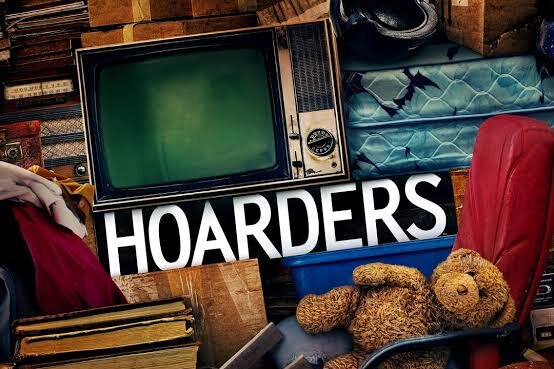
“Hoarders” is often difficult to watch, but its authenticity is rarely questioned. The families featured are real, and so are the extreme living conditions they face due to compulsive hoarding. Mental health professionals and clean-up crews genuinely work with the participants, offering both therapy and practical solutions. The emotional breakdowns, resistance to change, and moments of progress aren’t scripted, they reflect the real struggles people endure when confronting deep-rooted issues. While editing helps structure the story, the raw emotions and visible transformations make it clear this is not staged drama but an honest attempt to help people facing overwhelming challenges.
7. Alone

History Channel’s “Alone” is one of the most authentic survival shows because contestants truly are left to fend for themselves in remote wilderness settings. There are no camera crews following them around, participants film everything on their own, adding to the rawness of the experience. They must hunt, fish, build shelter, and endure isolation with only limited gear. The physical and mental toll is visible as contestants grow weaker, lose weight, and struggle emotionally. With no producer interference in their day-to-day survival, the outcome depends entirely on the participants’ skills and resilience. It’s one of the few shows that lives up to its survival premise without staging.
8. Forged in Fire
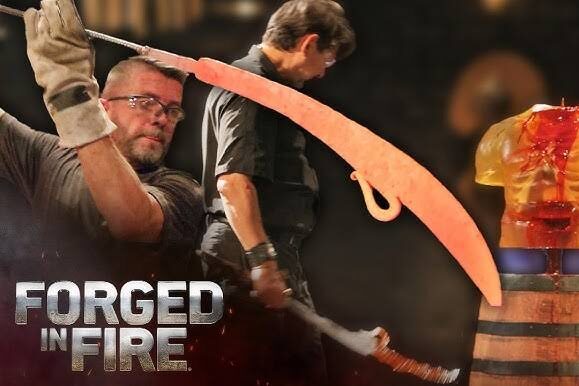
“Forged in Fire” brings together skilled blacksmiths to craft blades under timed pressure, and the competition is as real as it gets. Contestants are genuinely tested on their craftsmanship, from heating and hammering metal to creating weapons that will be evaluated for strength and sharpness. The challenges are demanding, and there’s little producers can do to fake whether a blade breaks or succeeds in testing. Judges assess the weapons on the spot, and outcomes depend purely on skill and execution. Unlike many competition shows, there’s minimal manufactured drama, what viewers see is authentic craftsmanship under extreme time constraints.
9. MythBusters

“MythBusters” earned its reputation for legitimacy by sticking to real experiments, even when things went hilariously wrong. Adam Savage, Jamie Hyneman, and their team tested myths using science and engineering, often with unpredictable results. The explosions, crashes, and quirky experiments were not staged, they were carefully set up tests that sometimes surprised even the hosts. While the show had a lighthearted tone, the experiments themselves were grounded in real trial and error. Because of its commitment to showing both successes and failures, “MythBusters” became trusted not only as entertainment but also as a genuine exploration of how things work.
10. Shark Tank
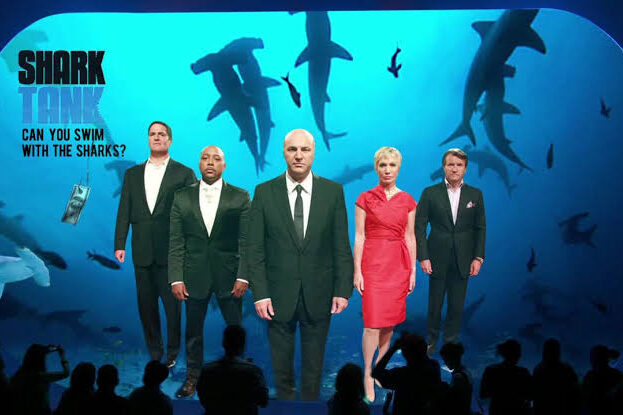
On “Shark Tank,” entrepreneurs pitch real business ideas to a panel of investors, and the deals struck on air are legitimate. While there’s a lengthy screening process before filming, the pitches themselves are authentic, and the investors’ negotiations aren’t scripted. The intensity of questioning, excitement of securing funding, and disappointment of rejection all come from genuine moments. After filming, due diligence takes place to finalize deals, but what viewers see is a real snapshot of high-stakes entrepreneurship. The authenticity of the pitches and the potential for life-changing opportunities are what make the show both inspiring and credible.
This story 25 Reality Shows That Were Totally Faked, And 10 That Actually Weren’t was first published on Daily FETCH


